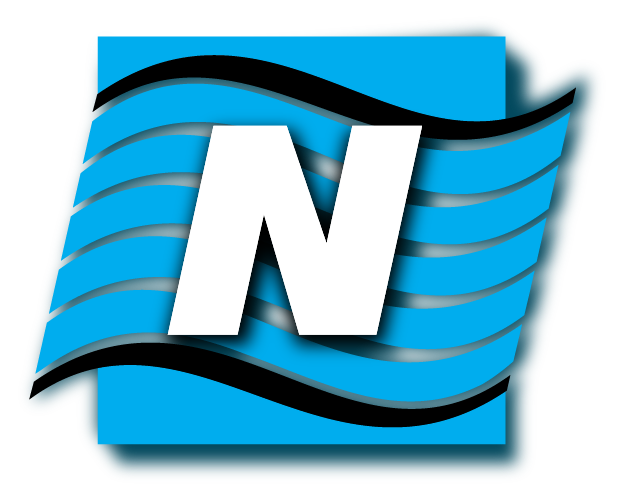
Training for Passenger Ships Personnel (Crisis Management) - Refresher Course
Course limitations
The course is conducted for groups from 1 to 8 participants.
The course is conducted for groups from 1 to 8 participants.
Description of the course
Target group
Crisis Management Refresh Course - this training course is designated for every seafarer who has done full Training for passenger ships personnel (Crisis Management), the certificate has expired.
Crisis Management Refresh Course - this training course is designated for every seafarer who has done full Training for passenger ships personnel (Crisis Management), the certificate has expired.
Objectives of the course
After completing this course the participants will be able to:
After completing this course the participants will be able to:
- Control a crowd in an emergency situation on board;
- Locate essential safety and emergency equipment on board;
- Communicate effectively with passengers during an emergency;
- Demonstrate the use of personal life-saving appliances;
- Comply with the ship’s safety and emergency procedures;
- Organize the safe movement of vehicles and passengers when embarking and disembarking;
- Control all elements of cargo safety and hull integrity;
- Monitor and control atmosphere in Ro-Ro cargo spaces;
- Organize shipboard emergency procedures;
- Optimize use of resources;
- Control response to emergencies;
- Control passengers and other personnel during emergency situations;
- Establish and maintain effective communications;
- Apply properly the procedures established for the ship regarding loading and embarkation;
- Apply any special safeguards, procedures and requirements regarding the carriage of dangerous goods on board Ro-Ro passenger ships;
- Apply correctly the provisions of the CSS Code to the vehicles, rail cars and other cargo transport units carried;
- Use properly the cargo-securing equipment and materials provided, taking into account their limitations;
- To be able to make proper use of the stability and stress information provided;
- Calculate stability and trim for different conditions of loading, using the stability calculators or computer programs provided;
- Calculate load factors for deck;
- Calculate the impact of ballast and fuel transfers on stability, trim and stress;
- Apply properly the procedures established for the ship regarding the opening, closing and securing of bow, stern and side doors and ramps and to correctly operate the associated systems;
- Conduct surveys on proper sealing;
- Use equipment, where carried, to monitor atmosphere in Ro-Ro spaces;
- Apply properly the procedures established for the ship for ventilation of Ro-Ro spaces during loading and discharging of vehicles, while on voyage and in emergencies.
Duration of the training course
The duration of the course is 1 working day.
The duration of the course is 1 working day.
Price
The price is 150 EUR.
The price is 150 EUR.
Certificate validity
5 years.
5 years.
Course contents
The training course covers the following topics:
The training course covers the following topics:
- Life-saving appliances and equipment, control plans;
- Assistance to passengers en route to muster and embarkation stations;
- Mustering procedures;
- Communication with passengers in emergency situations;
- Personal life-saving appliances;
- General design and layout of the ship;
- Safety regulations;
- Emergency plans and procedures;
- Initial assessment and provision of an effective response to emergency situations in accordance with established emergency procedures;
- Leadership skills;
- Stress handling;
- Human behavior and responses;
- General reaction patterns of passengers and other personnel in emergency situations;
- Establishment and maintenance effective communications;
- Provision of relevant information to passengers and other personnel during an emergency situation, keeping the apprised of overall situation and communication of any action required of them;
- Loading and embarkation procedures;
- Carriage of dangerous goods;
- Securing cargoes;
- Stability, trim and stress calculations;
- Opening, closing and securing hull openings;
- Ro-Ro deck atmosphere.
Training approaches and equipment
- Online video and audio interaction to facilitate the delivery of training through lectures, group exercises and discussions;
- Professional and certified (as per STCW Code, section A-I/6) instructors-assessors with industry experience;
- Practical exercises in interactive workbooks.
Location
Riga, Latvia
Riga, Latvia
Commercial Requirements
Training course content has been developed to meet the requirements of STCW Regulation V/2 (pa.6,7 and 8) of STCW Convention and Sections A-V/2.4, A-V/2.5 of STCW Code.
Training course content has been developed to meet the requirements of STCW Regulation V/2 (pa.6,7 and 8) of STCW Convention and Sections A-V/2.4, A-V/2.5 of STCW Code.
Meet the Experts Behind This Course
You might also be interested in following courses:
Check the course days on our calendar
Course in pictures:
Contact us

